Rising Demand for Miniaturization
The Nanoelectronics Market is experiencing a notable surge in demand for miniaturization across various sectors, including consumer electronics, telecommunications, and automotive. As devices become increasingly compact, the need for smaller, more efficient electronic components is paramount. This trend is driven by consumer preferences for lightweight and portable gadgets, which has led to innovations in nano-scale materials and fabrication techniques. According to recent data, the market for miniaturized electronic components is projected to grow at a compound annual growth rate of approximately 10% over the next five years. This growth is indicative of the broader shift towards more integrated and efficient electronic systems, positioning the Nanoelectronics Market as a critical player in the evolution of technology.
Growing Need for Energy Efficiency
Energy efficiency is becoming a critical concern across various industries, and the Nanoelectronics Market is responding to this challenge with innovative solutions. As energy consumption becomes a focal point for both consumers and manufacturers, there is a pressing need for electronic components that minimize power usage while maximizing performance. Nanoelectronics Market, with their ability to operate at lower voltages and reduced power levels, are well-positioned to address these demands. Recent studies indicate that energy-efficient nanoelectronics can reduce power consumption by up to 30% compared to traditional components. This shift towards energy-efficient technologies not only benefits the environment but also enhances the competitiveness of products in the market, thereby driving growth within the Nanoelectronics Market.
Emergence of Internet of Things (IoT)
The proliferation of the Internet of Things (IoT) is significantly influencing the Nanoelectronics Market, as the demand for interconnected devices continues to rise. IoT applications require highly efficient, low-power electronic components that can operate seamlessly in diverse environments. This has led to an increased focus on developing nanoelectronics that can support the vast network of devices, from smart home appliances to industrial sensors. Market analysts project that the IoT sector will contribute to a substantial portion of the nanoelectronics market, with estimates suggesting a growth rate of around 12% annually. Consequently, the Nanoelectronics Market is adapting to meet the unique challenges posed by IoT, driving innovation and expanding its reach.
Advancements in Communication Technologies
The rapid advancements in communication technologies are significantly shaping the Nanoelectronics Market. With the advent of 5G and beyond, there is an increasing demand for high-speed, low-latency electronic components that can support these new standards. Nanoelectronics Market play a crucial role in enabling faster data transmission and improved connectivity, which are essential for modern communication systems. Market forecasts suggest that the demand for nanoelectronics in communication applications will grow at a rate of approximately 14% over the next few years. This growth is driven by the need for enhanced performance in mobile devices, network infrastructure, and data centers. As such, the Nanoelectronics Market is likely to see continued investment and innovation in response to these evolving communication needs.
Increased Investment in Research and Development
Investment in research and development within the Nanoelectronics Market is witnessing a significant uptick, as companies and governments recognize the potential of nano-scale technologies. This influx of funding is aimed at exploring new materials, enhancing fabrication processes, and developing innovative applications. For instance, recent reports indicate that R&D spending in nanoelectronics is expected to reach over 15 billion dollars by 2026. This financial commitment not only accelerates technological advancements but also fosters collaboration between academia and industry, leading to breakthroughs that could redefine electronic capabilities. As a result, the Nanoelectronics Market is poised for substantial growth, driven by a robust pipeline of innovative products and solutions.
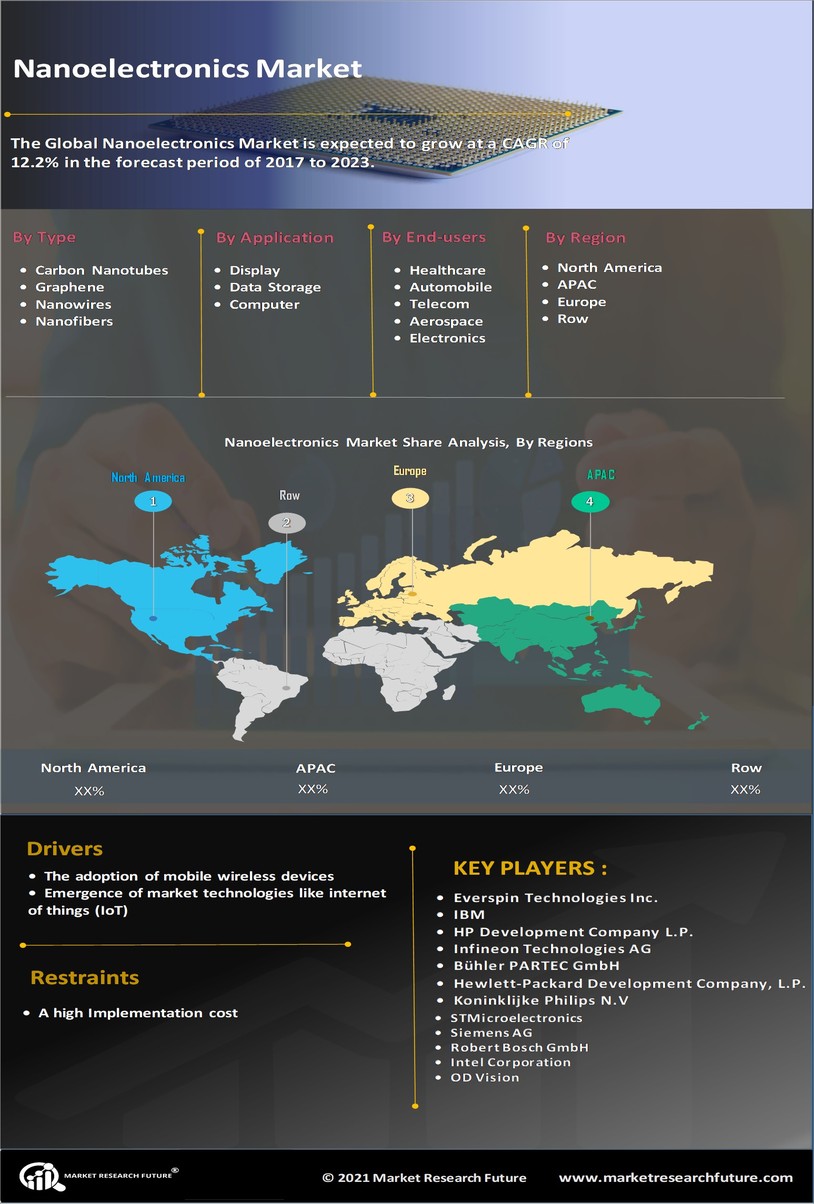
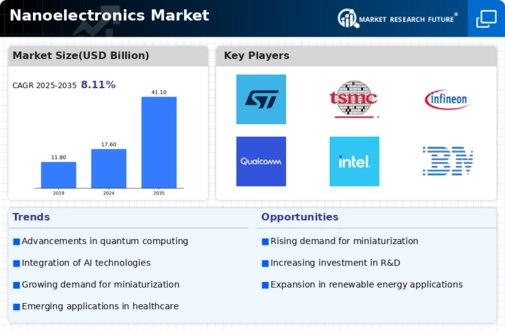
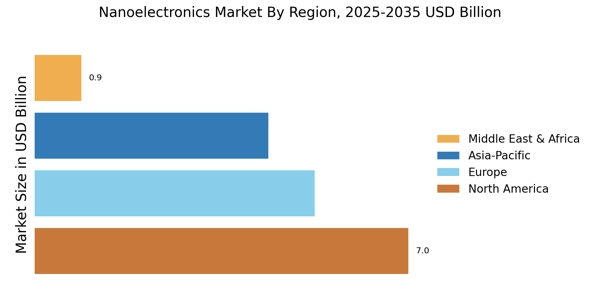
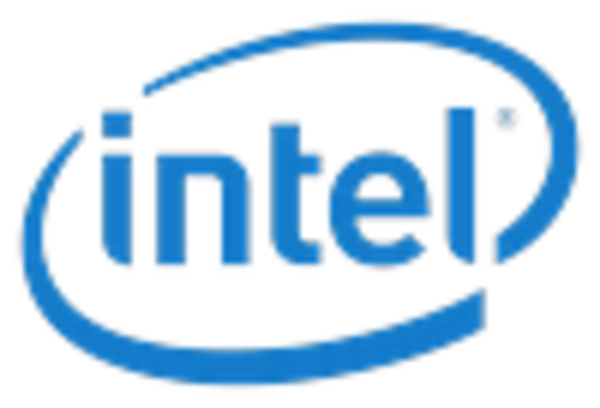
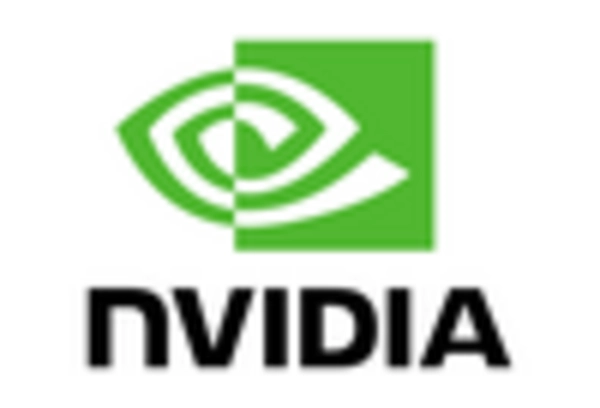
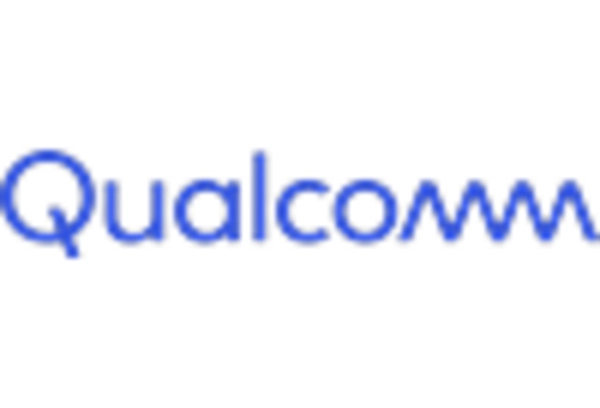

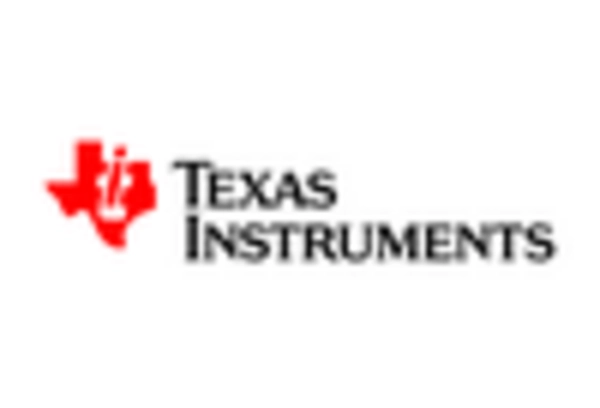








Leave a Comment